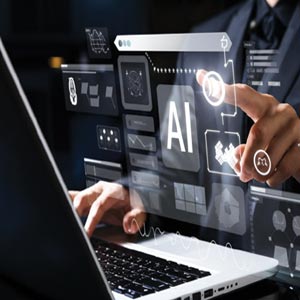Read Also
Transforming Risk Management into Strategic Business Advantage
Jeremy Leong, Chief Risk Officer and Head of Risk and Compliance, Taishin International Bank – Brisbane Branch
Designing Future-Ready, People-Centered Workplaces
Peter Andrew, Executive Director, Head of Workplace Strategy, Advisory Services, Asia Pacific, CBRE
Shaping Customer Experience Through Smarter Logistics
Pascal Kouknas, General Manager of Logistics, Shipping, and Information Technology, Freedom Australia
Storing Physical Cargo vs Storing Digital Data
Lukas Mardhi, Head of Property Spil Group, Director Spil Logistics Properties, Pt Salam Pacific Indonesia Lines
Driving Culture Change to Power Digital Innovation
Yew Jin Kang, Chief Technology Officer, Plus Malaysia
The Data Leader's Playbook for Smarter Business Decisions
Agus Jamaludin, Deputy Data Science Manager, Petrosea
Advancing Retail through E-Commerce, Cloud and Cyber security
John Gaspar Antonio, CIO/Vice President for Information Technology & E-Commerce / Data Protection Officer, Metro Retail Stores Group
From Code To Impact: Leading Enterprise Ai With Purpose
Jingting Cher, Deputy Director, Data Science, Sp Group























